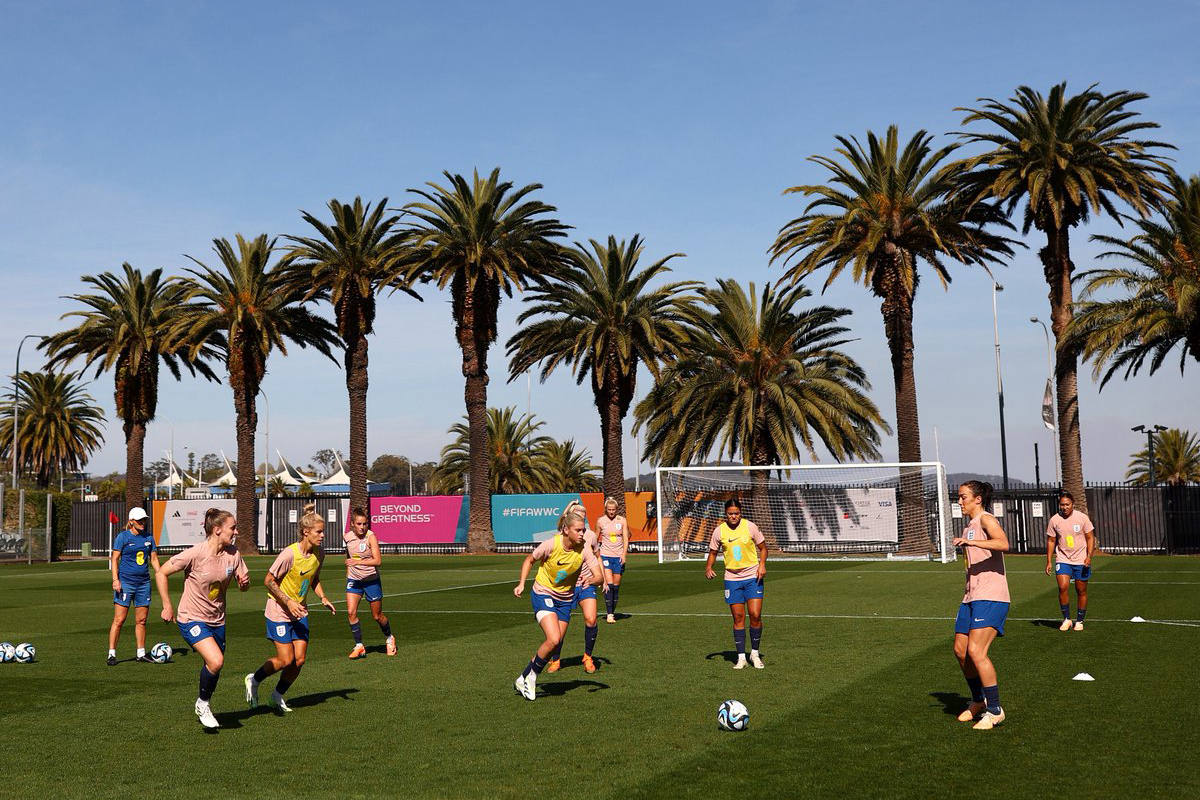As an expert in ACL injury prevention, I’ve heard some interesting comments and perspectives about the anterior cruciate ligament (ACL) over the years. There’s a lot of misinformation floating around, unfortunately; and with such a serious and devastating injury at stake, we need to get the facts straight so we can start protecting our athletes better.
Let’s start with some myths that you might have heard…
Myth #1 | Wearing a brace will prevent an ACL injury
Unfortunately, wearing a brace will not stop you from tearing your ACL.
If you haven’t been through a surgery or another injury in which a brace was recommended, then you probably shouldn’t self-treat with a brace. Unnecessary bracing could result in muscle inhibition or weakness from becoming dependent on the brace for external support.
If you have been prescribed a knee brace by a sports medical professional, then follow their instructions. You might need a brace for support or stability. However, understand that an injury can still happen even with a brace on, so don’t forget to strengthen your body on the inside.
Myth #2 | I train nearly every day, so I don’t need extra exercises for injury prevention
Athletes and parents often make the mistake of thinking that playing a sport replaces core strengthening or injury prevention exercises. In fact, the opposite is true – playing the sport too frequently, or focusing on skills rather than a strong foundation, can result in muscle imbalance and compensations that lead to injury.
It’s important for athletes to stop and focus on strengthening the weak areas, and stretching the tight areas. If not identified and resolved, then the imbalances will progressively worsen.
A good injury prevention program involves a particular strategy of exercise, called neuromuscular training, that you don’t get from playing your sport or lifting weights. You have to follow specific exercises, perform them correctly, and progress appropriately.
Myth #3 | Strengthening your Quads will help prevent knee injuries
In the old days, doctors thought you should focus on strengthening your quads (muscles on the front of the thigh) to prevent knee injuries. Now we know how wrong that advice was…
An updated and more accurate recommendation is to strengthen the glutes and core to help protect the knees. Hip and core muscles control movement and shock-absorption so the knee doesn’t take the stress. A good rehab or prevention program will emphasize gluteal strengthening and better activation of the muscles on the posterior side of the hips and legs. The goal is to be able to engage supportive muscles throughout the hips, core, and legs to improve mechanics, reduce strain on the knee, and lower the risk of injury.
Myth #4 | ACL injuries only happen to people who aren’t very skilled
Not true. ACL injuries wipe out elite athletes all the time, unfortunately. Most ACL injuries in field and court sports happen to athletes between 13-17 years old. A highly-skilled 17 year old is still very high-risk, especially if he or she isn’t on a neuromuscular training program for maintenance. Skill does not equal prevention.
Myth #5 | Avoid Squats because they cause knee problems
Squatting is a normal part of daily life. How would you sit down or get up from a chair without squatting. Bad squats may be bad…but good squats are good.
If you are an athlete and you can’t perform a good squat, or at least a safe squat, then you need to learn how to move properly. Next, you need to practice it so you build strength and establish a safer movement pattern for real life, which will help to protect your knees.
Avoiding squats altogether just perpetuates the underlying problem, that many athletes don’t ever learn how to move properly.
Athletic trainers and coaches: Don’t assume your athletes know how to perform a proper squat. I’ve seen and heard plenty of stories from college coaches who were astonished by the poor mechanics and body awareness of their new recruits. Poor body mechanics is the leading predictor of ACL injury!
I have a growing list of myths to debunk, so stay tuned for Part II.
Do you want your athletes to be more protected against ACL injuries? ACL Strong is a 4 week online neuromuscular training program that guides athletes step-by-step through a proven system to protect their knees and reduce the risk of ACL injury by 50-80%. Go to https://aclstrong.com to learn more.
For more discussions about preventing injuries and supporting successful athletes, join our free Facebook group, Keeping Athletes In The Game.





